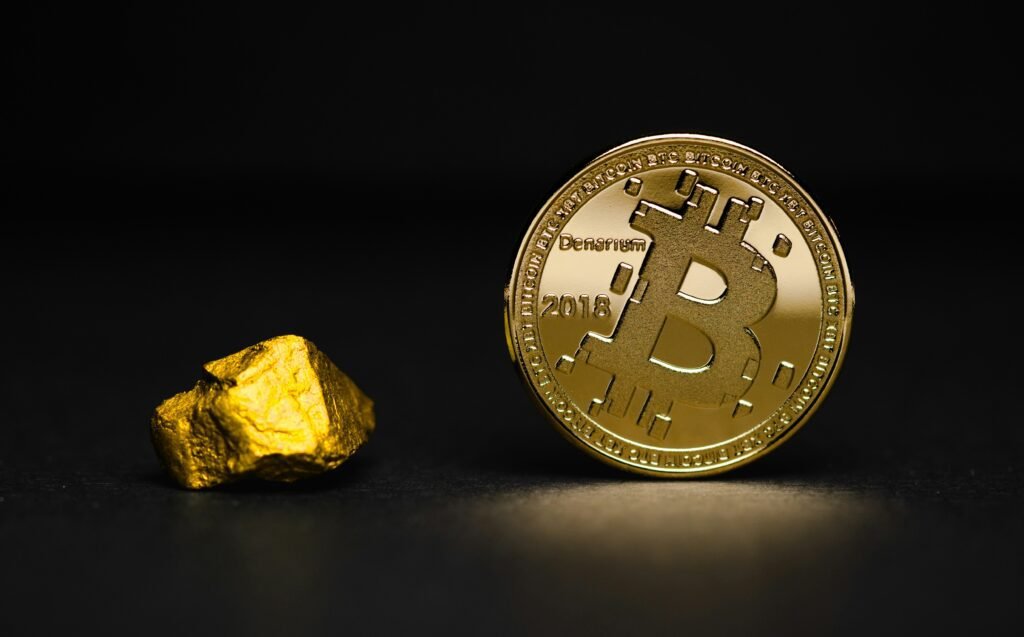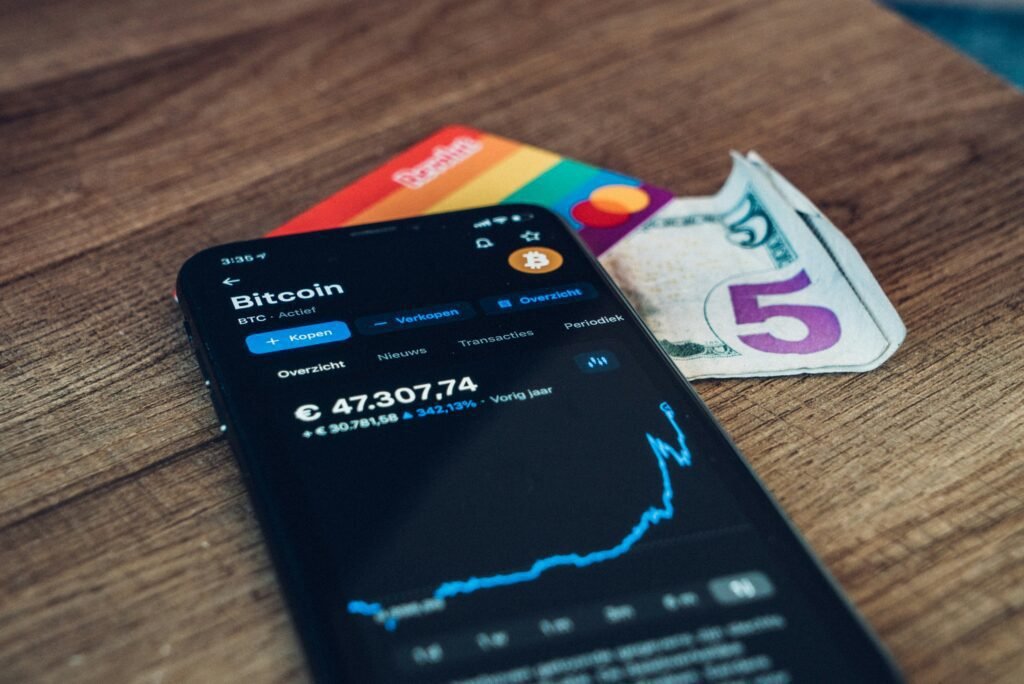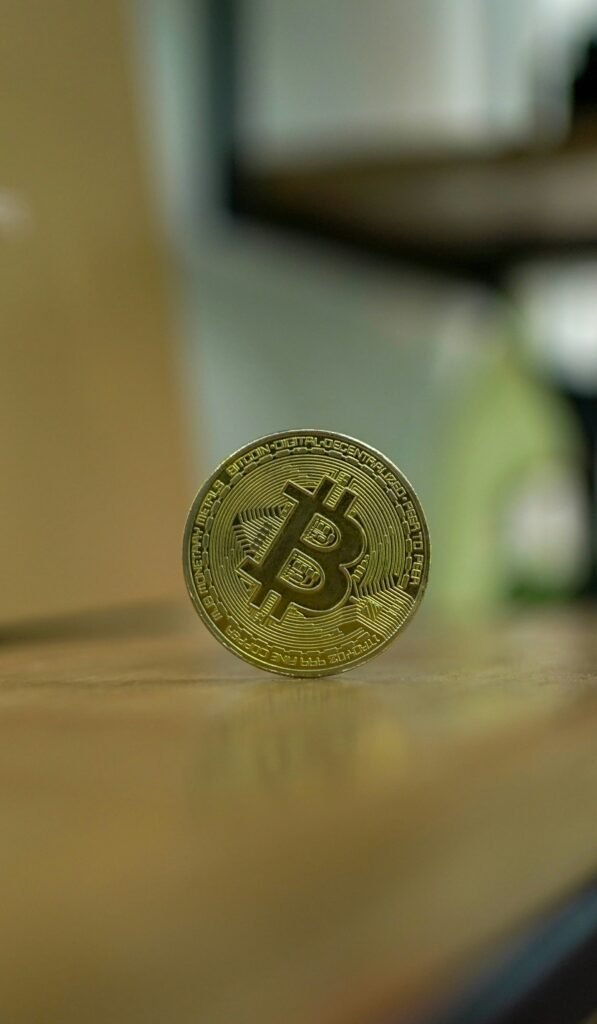By BlockAI
El Salvador Bitcoin reserves rose again after the government added 21 BTC on September 7, 2025. The buy marked the country’s Bitcoin Day celebration and pushed total holdings to about 6,313 BTC. The National Bitcoin Office executed the purchase and updated a public dashboard that tracks address balances. The move continues a pattern of roughly 1 BTC per day since March 2024. The purchase comes amid IMF conditions that ask for tighter disclosure and limits on voluntary accumulation.
21 BTC purchase
The 21 BTC purchase was presented as both symbolic and strategic for the nation. Officials say the buy commemorated the Bitcoin Law’s anniversary while strengthening the sovereign reserve. Markets saw moderate reaction and local supporters celebrated the commitment to the bitcoin experiment. The 21 BTC deposit increased El Salvador Bitcoin reserves into the high hundreds of millions. The public dashboard reflected the transaction soon after confirmation.
Bitcoin law (2021)
El Salvador’s Bitcoin Law (2021) created the legal framework for bitcoin as legal tender. That law aimed to reduce remittance costs and broaden financial inclusion for unbanked Salvadorans. Law supporters argue it also justifies a national bitcoin reserve strategy. Under that policy, El Salvador Bitcoin reserves are treated as a state asset with reserve functions. Critics counter that volatility and limited disclosure pose fiscal risks.
National Bitcoin Office role
The National Bitcoin Office manages acquisitions, redistribution and public reporting. It spreads holdings across multiple addresses capped around 500 BTC each. That redistribution intends to reduce single-point failure and quantum-computing threats. The office maintains a public dashboard that lists balances and recent transfers. The dashboard lets citizens and investors follow the reported 6,313 BTC holdings.
IMF conditions impact
International Monetary Fund guidance has pressured more transparency around sovereign crypto holdings. IMF conditions tied to loan facilities request halting voluntary purchases and better disclosure. Yet the government has continued scheduled buys and redistributions while negotiating reviews. IMF compliance checks through 2027 could alter future El Salvador Bitcoin reserves policy. Observers expect the next IMF report to influence markets and debate.
Daily buys continue
Since March 2024, the state reports adding about 1 BTC per day to reserves. That steady cadence aims to smooth entry price and lower timing risk. Redistribution to multiple addresses remains a core security tactic. The approach keeps El Salvador Bitcoin reserves increasing steadily. Community reactions mix optimism with caution about sovereign crypto exposure.
Summary
El Salvador’s program turned a symbolic 21 BTC purchase into another chapter in its reserve strategy. The nation now reports roughly 6,313 BTC, visible on the National Bitcoin Office public dashboard. IMF conditions and transparency demands will shape what comes next for El Salvador Bitcoin reserves. BlockAI will track future purchases, IMF reviews, and any policy shifts that affect sovereign crypto holdings.
Frequently asked questions about El Salvador Bitcoin reserves (FAQ)
How many BTC does El Salvador hold now?
As of September 7, 2025, El Salvador Bitcoin reserves are reported at about 6,313 BTC.
Why did the government buy 21 BTC?
The 21 BTC purchase marked Bitcoin Day and continued a strategy of steady accumulation to build a sovereign reserve.
How can I verify the holdings?
Use the National Bitcoin Office public dashboard to view address balances and confirm reported growth in El Salvador Bitcoin reserves.
What is the IMF’s stance?
The IMF recommends pausing voluntary purchases and demands better disclosure under loan conditions; reviews run through 2027.
Sources to this article
Government of El Salvador, National Bitcoin Office (2025) National Bitcoin Office dashboard. Available at: https://presidencia.gob.sv (Accessed: 8 September 2025).
International Monetary Fund (2025) IMF country report: El Salvador. Available at: https://www.imf.org (Accessed: 8 September 2025).



